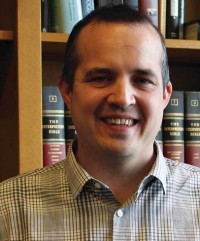What does "middle class" mean?
Dionne Searcey and Robert Gebeloff do a nice job crunching some numbers on what sorts of people are part of the middle class, and how they’re doing (the short version: not great). This caveat of theirs, however, is an important one:
The definition here starts at $35,000 — which is about 50 percent higher than the official poverty level for a family of four — and ends at the six-figure mark. Although many Americans in households making more than $100,000 consider themselves middle class, particularly those living in expensive regions like the Northeast and Pacific Coast, they have substantially more money than most people.
Indeed—yet politicians have for the most part persisted in including the mildly rich, earning up to a quarter million a year, under the “middle class” umbrella. And they can do this, because like “natural food” or “war as a last resort,” it’s not a term that has any officially regulated meaning. So Searcey and Gebeloff have to begin their calculations by defining “middle class” for their purposes. Theirs is a pretty good definition, but it’s not a consensus one or one that necessarily carries tons of weight among policymakers.
After all, practically everyone wants to be part of the middle class—from poor people who don’t want to be poor anymore to rich people who prefer not to embrace the label.
I wrote a magazine essay about this a couple years ago. (If memory serves, I suggested the title “Welcome to the Middle Class, Population Everyone.”) Income stats have changed some since then, though the Census figures I use are still the most current ones. More importantly, the general issues remain: a conceptual middle class that’s flexible enough to include most of the country when convenient, a more robustly defined middle class that’s shriveling amid inequality growing from both ends, a culture permeated by the politics of endless aspiration.





